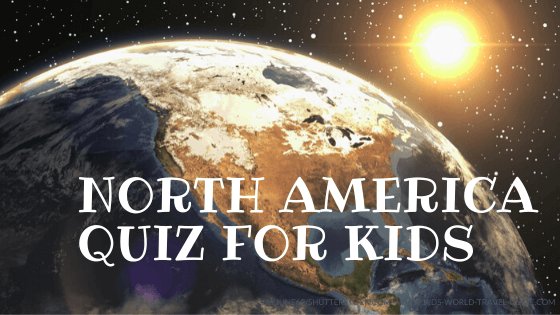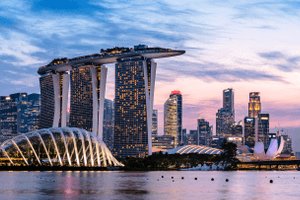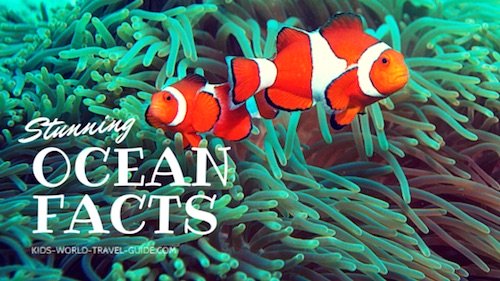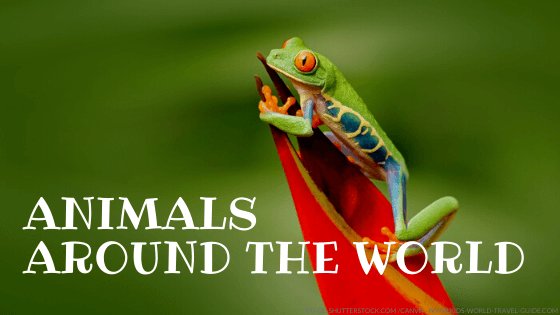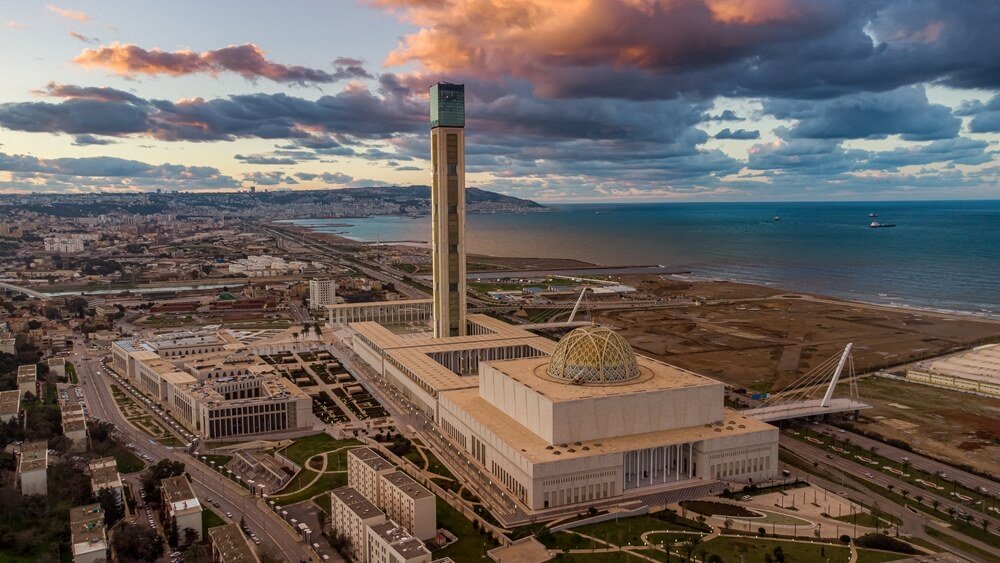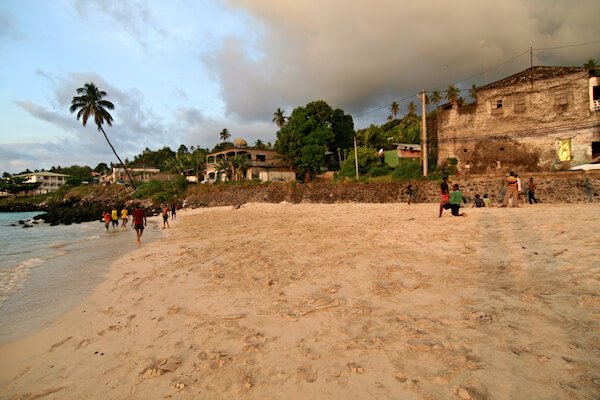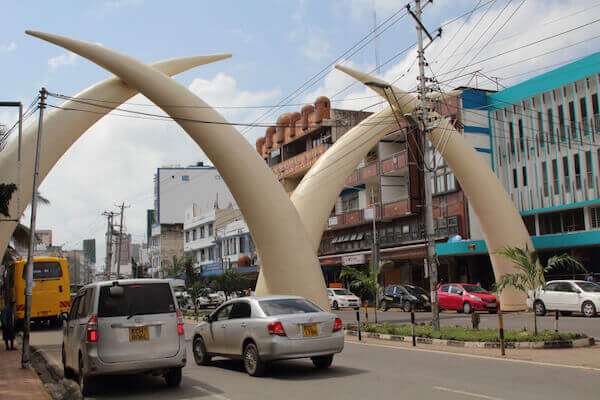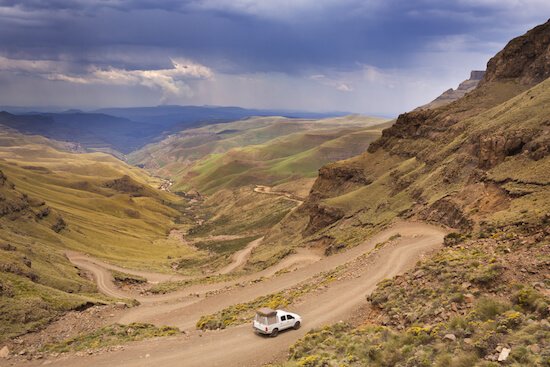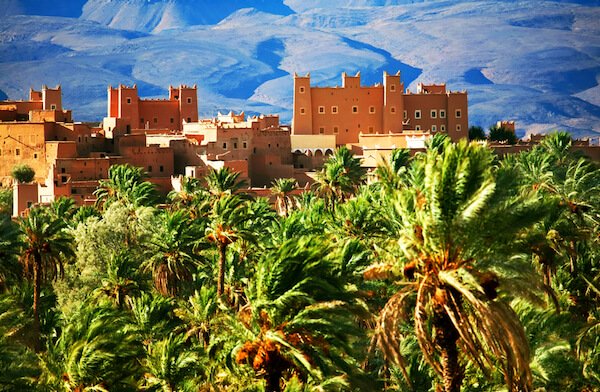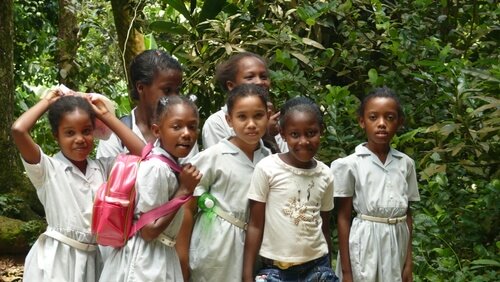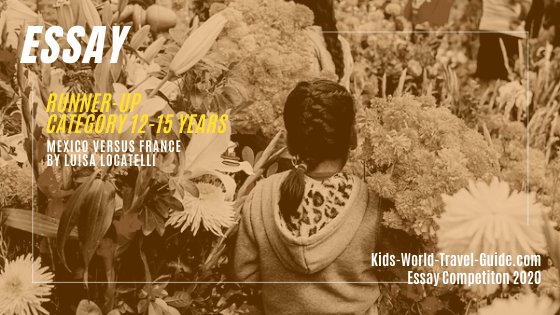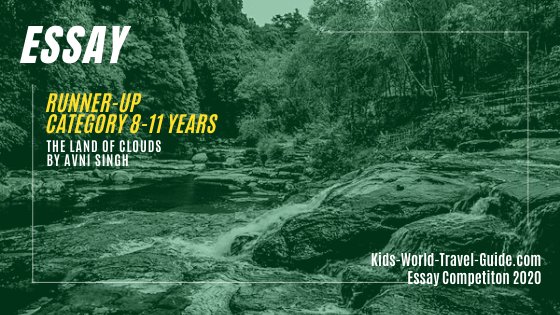Madagascar Travel Guide
Our Madagascar Travel Guide for Kids provides fascinating travel information for children and families. We recently have returned from this fabulous Indian Ocean island and share our travel tips here. Enjoy!
Madagascar Travel Guide 2022
|
|
Where is Madagascar?
Madagascar is an island located in the Indian Ocean off the eastern coast of Africa. There is one time zone, GMT +3. The world's second largest island country lies in the Mozambique channel about 400 km/ 250 miles off the coast of Mozambique. Madagascar has 27 million inhabitants. The capital city is Antananarivo with almost four million inhabitants. The country is one of the poorest in Africa. 75% of the people live on less than USD 1.90 per day!
|
|
|
|
|
What is the currency? The Malagasy currency is called Ariary. 10,000 ariary is as much as 2 UK pound or about 2.3 US dollar or 2.3 euro. The smallest bank note is 100 Ariary, coins are rarely used. Make sure to bring some cash in either Euro and US dollars too. There are ATMs in many tourist places to take out Ariary. Many places still don't have facilities to pay for services with any credit card. Hotels and bigger restaurants accept Master and Visa credit cards.
|
|
|
|
|
Best time to visit? Madagascar is a wonderful travel destination all year round. Summers can get very hot and humid especially in the East and North of the country. The rainy season lasts from January to March. It is recommended to take malaria prophylaxis as malaria is endemic in the country and mosquitos carry the disease.
|
|
|
|
|
Which language do people speak in Madagascar? The language of Madagascar is Malagasy. English and French are also recognized as official languages and both languages are spoken by many locals. However, most people are better in speaking French than in English. Salama means 'hello' and misaotra means Thank You.
|
|
|
|
|
Do you need a visa for Madagascar Visitors usually get a 30-day (or 60-day) tourist visa at the border after paying a Euro 35/ USD 30 (Euro 45/ USD 40) fee. Due to the pandemic, visitors are required to take an antigen test at entry (for a 15 Euro fee). Your passport must be valid for six months and have at least two blank pages for the visa and entry and exit stamps. Find more Visa information here (official government page) Madagascar's National Day is the 26th June.
|
|
|
|
|
How much does a trip to Madagascar cost? Madagascar travel costs vary widely depending on your style of travel. In general prices are a lot lower than in the USA, Europe or the UK. A full meal costs about 60,000 ariary which is 14 USD/ Euro or 11 UK pound. The resort towns and tourist locations usually have adjusted higher price levels than in rural areas. If you visit the market you are expected to haggle, however, please keep in mind that the vendors often have to support their community, so pay a good and fair price.
|
|
|
Madagascar Travel Ideas
|
|
Antananarivo The capital city Antananarivo, also simply referred to as Tana, was founded around 1625. Tana is surrounded by twelve sacred hills dedicated to the Merina kings as the legend has it. The city is also called the 'City of The 1000' meaning thousands of treasures to discover! Besides the Queen’s Palace, visit the cathedral, the train station and the busy market stalls in the city centre. Or simply tour through the city and watch the Malagasy people going about their daily routines from washing clothes, making sausages, repairing bycyles or selling all kinds of wares roadside.
|
|
|
|
|
Rova Rova means 'palace' in Malagasy. The Queen’s Palace or Rova de Manjakamiadana, sits on top of a hill and overlooks the capital city. Although much of the original palace precinct burnt down in a fire in 1995, the palace and tombs were reconstructed and are open to visitors again. There is another fortified palace, the Rova of Ambohimanga, about 20 km/ 13 miles to the north of the capital. This sacred site houses a small museum complex that tells the story of the Marina kings and especially Andrianampoinimerina, the great king of Malagasy.
|
|
|
|
|
Tamatave The east coast town, also called Toamasina, has the largest port of the country and is a regular stopover point for many cruise liners. Albeit being named the economic capital of the country, the town with the palm tree fringed Avenue de l'Independence has a leisurely feel and invites for an easy stroll in the town center. Don't forget to see the amazing banyan trees with their long aerial roots! And just 20 km/ 13 miles south of Toamasina you can visit Palmeraie for a guided tour of the palm oil, sugar, vanilla, cloves and litchi plantations.
|
|
|
|
|
Antsiranana The old colonial town of Diego Suarez which is referred to as Antsiranana since 1975 is located in the country's north. This town was named after the Portuguese explorer Diogo Suares who came ashore here in the 16th century. Later, the town was a base for French military until 1975. French colonial architecture dominates the old town. Antsiranana Bay is one of the largest natural bays in the world! Nearby Bay of Sakalava is a popular spot for windsurfing and kitesurfing.
|
|
|
Madagascar Travel Guide
|
|
Nosy Be This volcanic island in the north of the country is the main tourist destination of the country and has amazing beaches, pristine primary forest and sacred trees, volcanic lakes, waterfalls and stunning wildlife including lemurs, chameleons, birds and even boas! Explore the mangroves, go fishing with locals or snorkel in crystal clear waters. Among other stunning beach destinations nearby are Nosy Komba, Nosy Iranja or Nosy Tanikely. Nosy means 'island'.
|
|
|
|
|
Tsingy de Bemaraha Madagascar is famous for the tsingy, a unique landform created by erosion. These rock formations are made by fossilised shells and can be found in various regions of the country. The Tsingy de Bemaraha, on a limestone plateau, was the country’s first Unesco Heritage Site. Close enough for day tours from Ankarana, there is magical 'red tsingy' in the Nationalpark, a huge forest which is home to a very rare species of lemurs. At the Tsingy de Ankaranana there a numerous natural caves and cathedrals that house bat colonies.
|
|
|
Madagascar Travel Guide
Madagascar for Kids
|
|
Lemurs Most of these unique primates, that are endemic to Madagascar are endangered. There are about 111 species of lemurs. The largest lemur is the indri-indri which are home in Andasibe-Mantadia National Park.
|
|
|
|
|
Pousse-pousse The pousse-pousse is a light cart that is pulled by a cyclist. Similar to a rickshaw the pousse-pousse is used in Madagascar mainly for transporting people but also for transporting goods.
|
|
|
Madagascar Travel Guide
Travel Tips
|
|
Fady Fady, meaning 'taboo' or 'forbidden' is a cultural belief of the Malagasy. The locals address each other quite formally and talking loudly or acting up is not appreciated by the locals. Malagasy dress modestly and it is advised to cover your skin when entering any sacred sites such as the palace grounds or funeral sites. Always ask for permission before obtaining photographs, especially when taking photos of people!
|
|
|
|
|
Zebu The zebu is the national animal of Madagascar. Zebus are used for transporting goods and the animals can easily be recognised by their horns and a hump. Zebu also help with fieldwork to prepare the soil for planting rice. There are not many cows on the island, as the zebu is the local cattle. Zebus are well adapted to droughts and heat. The zebu horns are sacred in Madagascar and 'fady' and you can see them adorning the tombs.
|
|
|
|
|
Souvenirs Local hand-made crafts such as woven baskets are popular souvenirs to take home. Malagasy food items such as chocolate, pepper and vanilla pods are great gifts as well. Vanilla can be taken home to a maximum of 2 kg per person. Ylang ylang perfume is a popular souvenir too. Or how about buying the most delicious Malagasy chocolates made with high quality local cacao from Chocolaterie Robert. You can take a magical tour through the 'usine', which means factory, and a chocolate tasting is a must when visiting the city with kids. The Chocolate slabs can be found in most supermarkets such as Shoprite or Jumbo.
|
|
|
|
|
Food Romazava is considered the national dish, this hearty broth includes tasty slices or cubes of zebu meat, tomatoes and green leafy vegetable and the obligatory white rice. There are many other dishes that you should try as well such as mofo gasy, the traditional Malagasy-style pancake, that is made with rice flour and yeast and is small, round and thick. Rice is the staple food of the Malagasy people and harvested twice in December and April. Local menus also offer zebu meat instead of beef! Please beware that you should not drink tap water in Madagascar. You should brush your teeth with bottled water as well.
|
|
|
Madagascar Travel Guide | Resources
Let us know if you want to share some more tips on our Madagascar Travel Guide. We will add your insights about travels to Madagascar with children. And let us know if u have specific queries, then we can add more info on our Madagascar travel guide.
Back from Madagascar Travel Guide to Facts about Madagascar
Want more facts about Madagascar?
Read our Madagascar Facts for Kids here:
Popular Pages
Other Kids World Travel Guides
|
|
 Germany Travel Guide Germany Travel Guide |
Picture Credits on Madagascar Travel Guide: All Pictures, if not otherwise mentioned sourced from sxc.hu;
Pousse-pousse in Tamatave/ Madagascar - image by byvalet/shutterstock.com
Back from Madagascar Travel Guide to Kids-World-Travel-Guide
Enjoy this page? Please pay it forward. Here's how...
Would you prefer to share this page with others by linking to it?
- Click on the HTML link code below.
- Copy and paste it, adding a note of your own, into your blog, a Web page, forums, a blog comment,
your Facebook account, or anywhere that someone would find this page valuable.
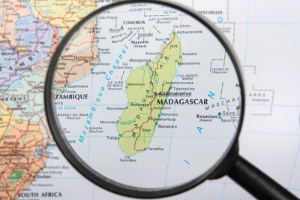











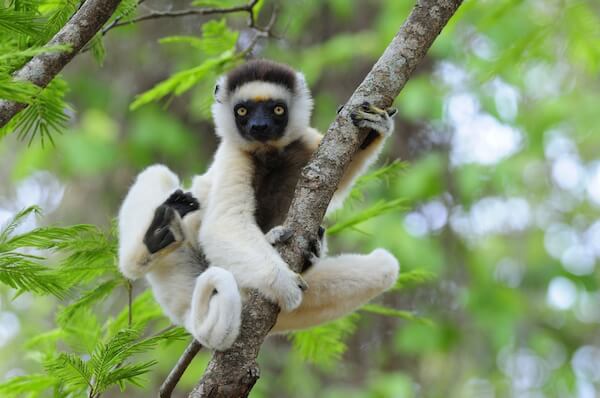
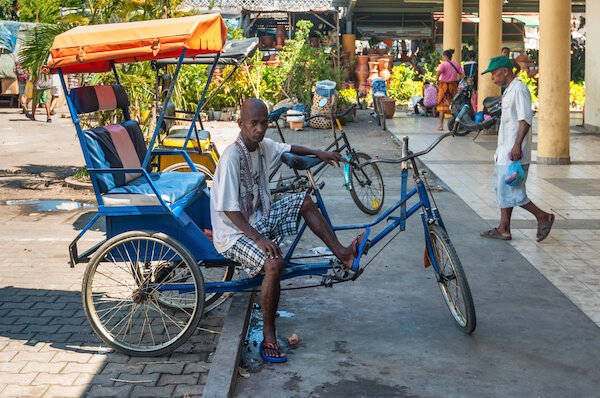


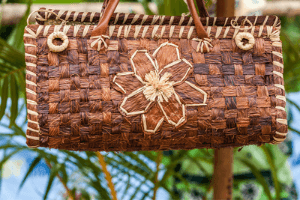

 Germany Travel Guide
Germany Travel Guide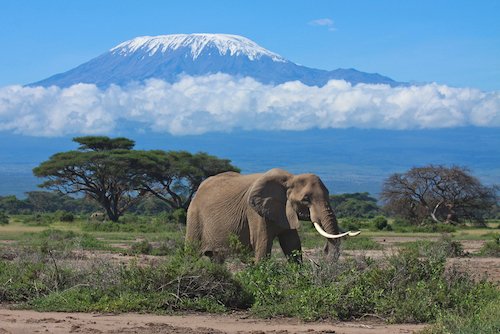 Tanzania
Tanzania

